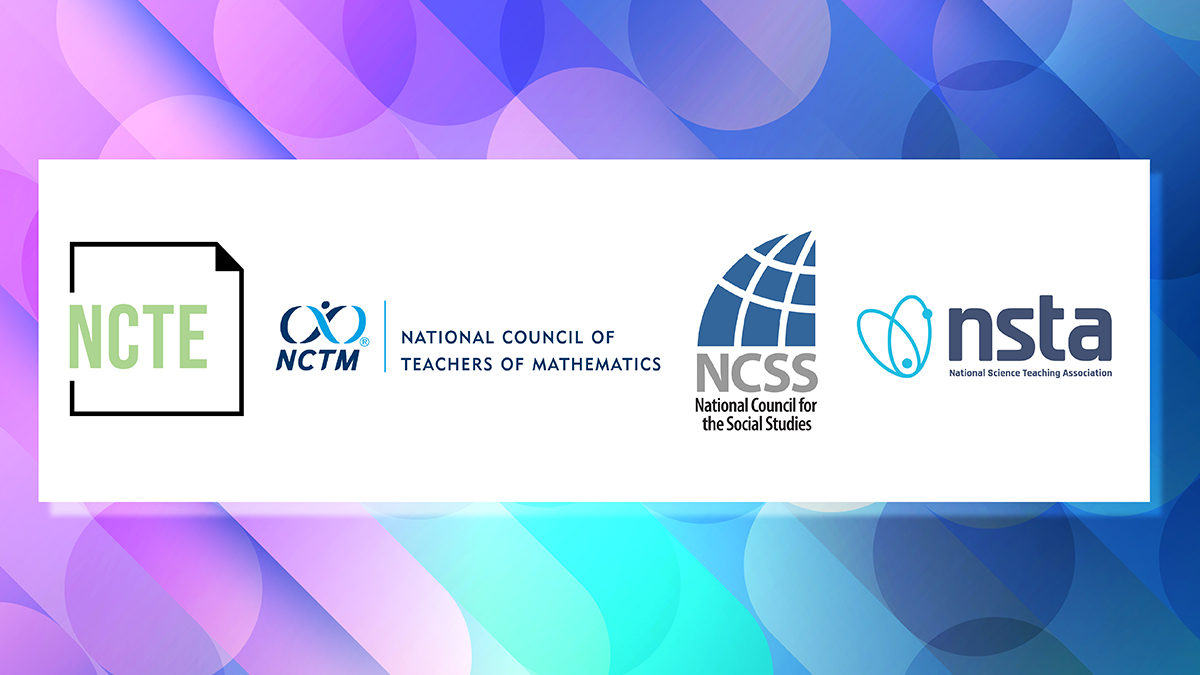Real-world Microsoft 365 Copilot Implementation
The enterprise adoption of AI assistants has reached an exciting phase with Microsoft 365 Copilot. Through our experience with the Copilot certification series, we've gathered valuable insights from organizations successfully implementing this technology. Let's explore their journeys and lessons learned. Building Your Implementation Foundation Before diving into Copilot deployment, successful organizations focus on environment preparation. Think of it as preparing your house before installing a smart home system - you need the right wiring, connections, and infrastructure in place. Environment Assessment Start by evaluating your Microsoft 365 setup. Organizations that succeed typically ensure: Their licensing aligns with Copilot requirements SharePoint content services are properly configured Teams and Exchange environments are optimized Data governance policies are clearly defined Making Your Content Copilot-Ready Content quality dramatically impacts Copilot's effectiveness. One organization discovered this when their initial deployment yielded inconsistent results - the issue wasn't with Copilot, but with their content organization. Document Architecture Think of your content as Copilot's knowledge base. Successful organizations focus on: Creating clear content hierarchies Implementing consistent metadata Establishing version control practices Managing content lifecycles effectively Securing Your AI Implementation Security isn't an afterthought - it's foundational to successful Copilot adoption. Organizations that excel in this area implement: Protection Framework Information barriers that make sense for their workflow Sensitivity labels that protect without hindering productivity DLP policies that safeguard while enabling innovation Access controls that maintain security without frustrating users Driving User Adoption Technical implementation is only half the battle. One organization shared how they transformed initial user skepticism into enthusiasm through: Practical Training Role-specific workshops that demonstrated immediate value Real-world use cases that resonated with different teams Best practice sessions that built user confidence Support systems that encouraged exploration Integration Success Stories Real organizations are finding creative ways to integrate Copilot: Microsoft 365 Integration A financial services firm revolutionized their reporting process by: Automating initial draft creation in Word Enhancing data analysis in Excel Streamlining presentation design in PowerPoint Improving email communication efficiency Measuring Success Organizations track their Copilot success through: Productivity gains in document creation Time saved in data analysis Quality improvements in communications User satisfaction and adoption rates Looking Forward The Copilot journey continues evolving. Organizations are already planning for: Expanded use cases across departments Deeper integration with business processes Enhanced training programs Extended automation capabilities Ready to start your Copilot journey? Explore our comprehensive certification series: Share your Copilot implementation experiences in the comments! What challenges have you encountered? What successes have you achieved?

The enterprise adoption of AI assistants has reached an exciting phase with Microsoft 365 Copilot. Through our experience with the Copilot certification series, we've gathered valuable insights from organizations successfully implementing this technology. Let's explore their journeys and lessons learned.
Building Your Implementation Foundation
Before diving into Copilot deployment, successful organizations focus on environment preparation. Think of it as preparing your house before installing a smart home system - you need the right wiring, connections, and infrastructure in place.
Environment Assessment
Start by evaluating your Microsoft 365 setup. Organizations that succeed typically ensure:
- Their licensing aligns with Copilot requirements
- SharePoint content services are properly configured
- Teams and Exchange environments are optimized
- Data governance policies are clearly defined
Making Your Content Copilot-Ready
Content quality dramatically impacts Copilot's effectiveness. One organization discovered this when their initial deployment yielded inconsistent results - the issue wasn't with Copilot, but with their content organization.
Document Architecture
Think of your content as Copilot's knowledge base. Successful organizations focus on:
- Creating clear content hierarchies
- Implementing consistent metadata
- Establishing version control practices
- Managing content lifecycles effectively
Securing Your AI Implementation
Security isn't an afterthought - it's foundational to successful Copilot adoption. Organizations that excel in this area implement:
Protection Framework
- Information barriers that make sense for their workflow
- Sensitivity labels that protect without hindering productivity
- DLP policies that safeguard while enabling innovation
- Access controls that maintain security without frustrating users
Driving User Adoption
Technical implementation is only half the battle. One organization shared how they transformed initial user skepticism into enthusiasm through:
Practical Training
- Role-specific workshops that demonstrated immediate value
- Real-world use cases that resonated with different teams
- Best practice sessions that built user confidence
- Support systems that encouraged exploration
Integration Success Stories
Real organizations are finding creative ways to integrate Copilot:
Microsoft 365 Integration
A financial services firm revolutionized their reporting process by:
- Automating initial draft creation in Word
- Enhancing data analysis in Excel
- Streamlining presentation design in PowerPoint
- Improving email communication efficiency
Measuring Success
Organizations track their Copilot success through:
- Productivity gains in document creation
- Time saved in data analysis
- Quality improvements in communications
- User satisfaction and adoption rates
Looking Forward
The Copilot journey continues evolving. Organizations are already planning for:
- Expanded use cases across departments
- Deeper integration with business processes
- Enhanced training programs
- Extended automation capabilities
Ready to start your Copilot journey? Explore our comprehensive certification series:
Share your Copilot implementation experiences in the comments! What challenges have you encountered? What successes have you achieved?















































































